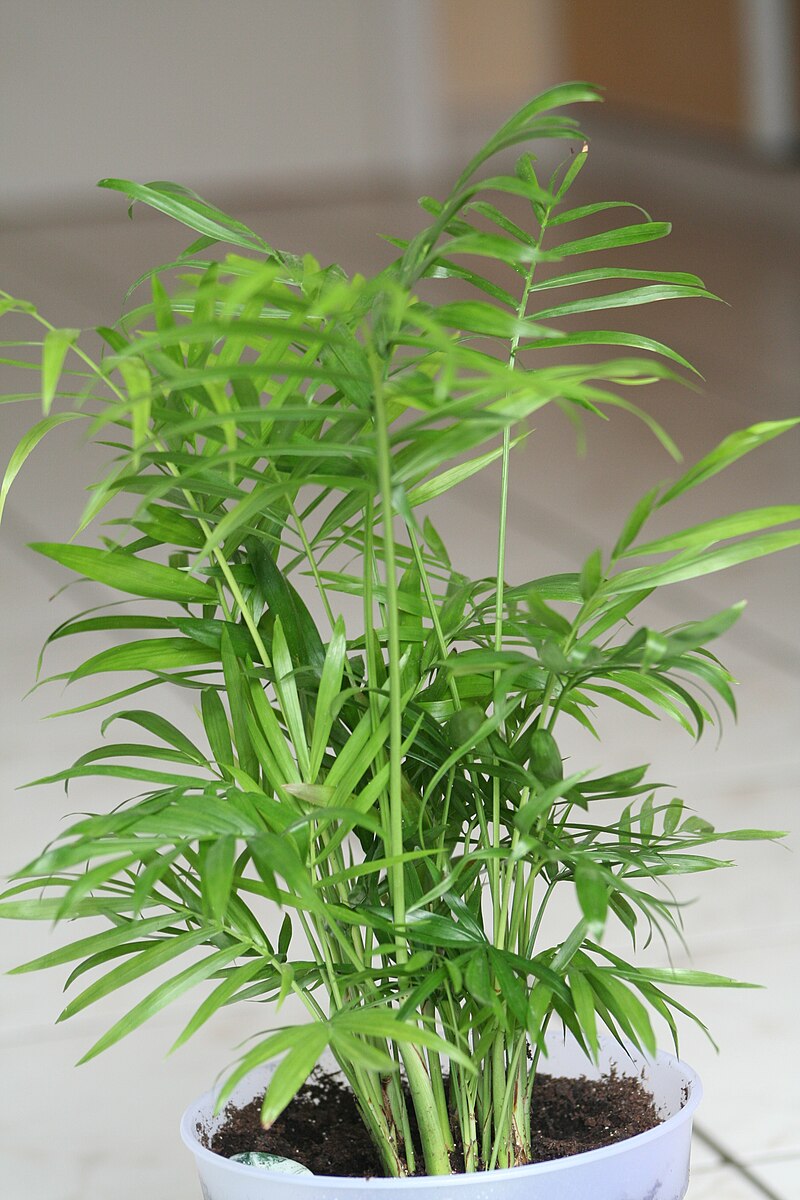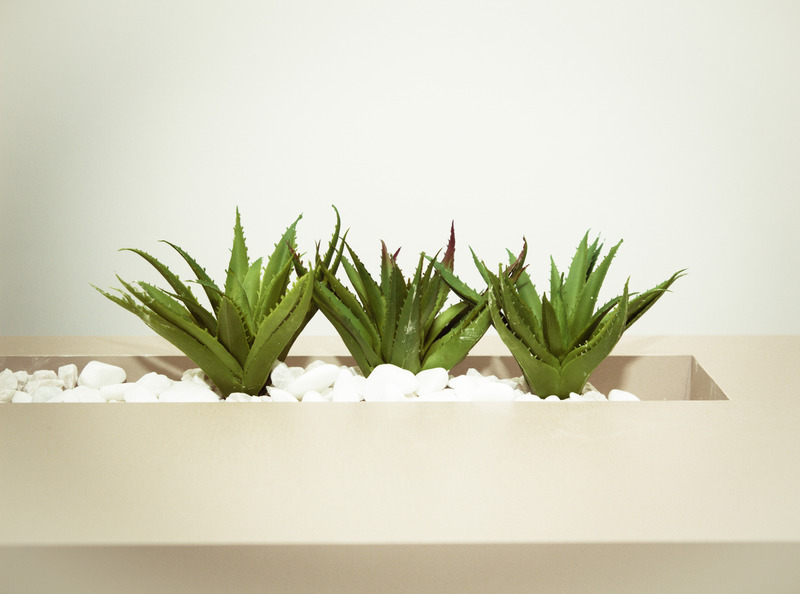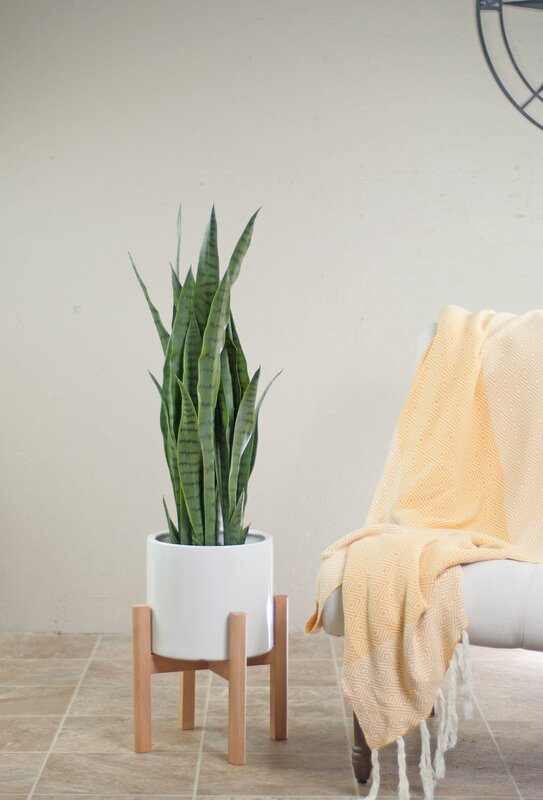I have a horrible time with my seasonal allergies. Especially at night time. I start coughing and wheezing and have a hard time falling asleep. So I decided that I would start doing some research on House Plants that can help to reduce allergens in my home. What I found was fascinating and I’m going to share that with you today.
This post contains affiliate links. Please read my disclosure policy for more information.

NASA performed a clean air study to research ways to clean the air in space stations. They performed this research with the Associated Landscape Contractors of America. They discovered that, in addition to absorbing carbon dioxide and releasing oxygen, certain common indoor plants may also provide a natural way to remove volatile organic pollutants.
Why use House Plants to clean your home’s air?
- They create more oxygen in your home.
- They remove chemical toxins in the air.
- They catch and digest mold spores.
- They naturally humidify the air.
Which plants are the best air purifiers?
- Peace Lilly– It lives best in shade and needs little sunlight to thrive, and is watered approximately once a week. The soil is best left moist but only needs watering if the soil is dry. The NASA Clean Air Study found that the Peace Lilly cleans indoor air of certain environmental contaminants, including benzene and formaldehyde.
2. Parlour Palm: It enjoys light potting soil, good humidity, and moderate lighting without direct sunlight, but it accommodates a certain dryness, high humidity, or reduced lighting. In winter, it is preferable that the temperature of the room it’s housed in does not exceed 12-14°C. The plant cleans indoor air of environmental contaminants such as ammonia, benzene, and formaldehyde.
3. Lady Palm: Rhapis excelsa grows up to 4 m in height and 30 mm in diameter in multi-stemmed clumps with glossy, palmate evergreen leaves divided into broad, ribbed segments. This plant cleans indoor air of the same pollutants mentioned above with the other plants.
4. English Ivy: Ivy is widely cultivated as an ornamental plant. It was known to clean the air of all the contaminants above, except ammonia.

5. Spider Plants: Although I don’t like the name of these plants, I do like how they look! It’s also known as airplane plant, St. Bernard’s lily, spider ivy, ribbon plant, and hen and chickens and is a species of a perennial flowering plant. The NASA study showed Spider plant performed the best of indoor plants with a 95 percent removal rate of formaldehyde.
6. Aloe Vera: is a succulent plant species of the genus Aloe. An evergreen perennial, it originates from the Arabian Peninsula but grows wild in tropical, semi-tropical, and arid climates around the world. It is cultivated for agricultural and medicinal uses. The species is also used for decorative purposes and grows successfully indoors as a potted plant. An Aloe plant is a medicinal and air filtering plant in one!
7. Snake Plant: This plant is also known as Mother In Law’s Tongue. Pretty funny! But it was found to be one of the best filters for indoor carcinogens.
8. Dracaena Plant: This houseplant can help with irritating chemical reactions. Its specialty is removing benzene from cigarette smoke and other household chemicals but it also removes formaldehyde, xylene, trichloroethylene.
Along with using these indoor plants, here are a few other ideas to help remove indoor allergens from the air in your home.
- Remove carpet from your home and have hardwood or tile floors.
- Buy leather furniture instead of cloth.
- Buy an air purifier.
- Replace cheap air filters with HEPA air filters.
- Use diffusers with essential oils.
- Use air purifying house plants.
I hope you learned a little about the kinds of plants you should have in your home to help reduce allergens. I know I learned a lot from the study NASA performed. I just bought a Peace Lilly and Dracaena Plant for my home. Like, I literally went to Lowe’s and bought these in the MIDDLE of writing this article. I’m so excited to try this out. I will come back and keep you all updated on how I’m feeling with these plants in my home.











Your email address will not be published. Required fields are marked *